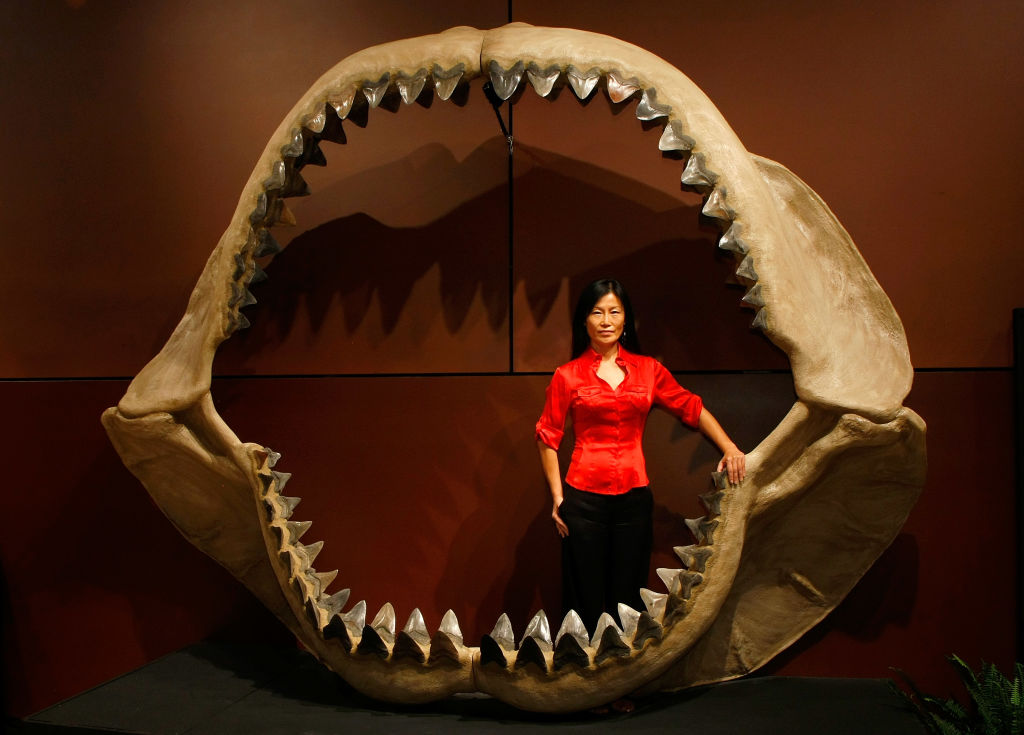Megalodon babies were man-sized and what’s more ate their own siblings. Those are the recent findings of a team exploring the bloody behavior of this prehistoric sea predator.
The colossal sharks produced jumbo offspring, measuring approx 6.6 ft. Live Science writes the pups were “as big as the average basketball player”. Ultimately the Megalodon would grow to around 60 ft by some estimates.
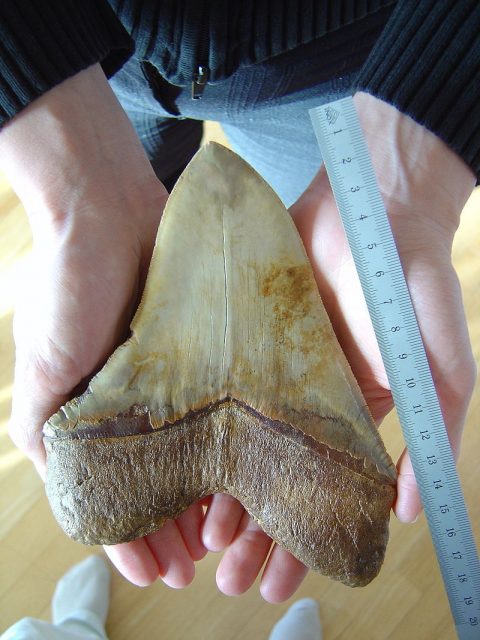
Published late last year, the study made its online debut in January. Prof Kenshu Shimada (DePaul University, Chicago) headed up the report, which appeared in the Historical Biology journal. Little has been revealed about the reproductive habits of ‘Otodus Megalodon’ up to now.
It makes sense the ancient world’s deadliest catch spawned on an epic scale. But how were the stats worked out? By analyzing fossils of the fantastic fish, specifically its vertebrae.
Just as a tree has rings through its centre, so a spinal column has growth bands that can be examined to determine all-important dimensions. Using CT scan technology, or Computerized Tomography, the group “counted the growth bands back to the birth ring”, according to CNN.
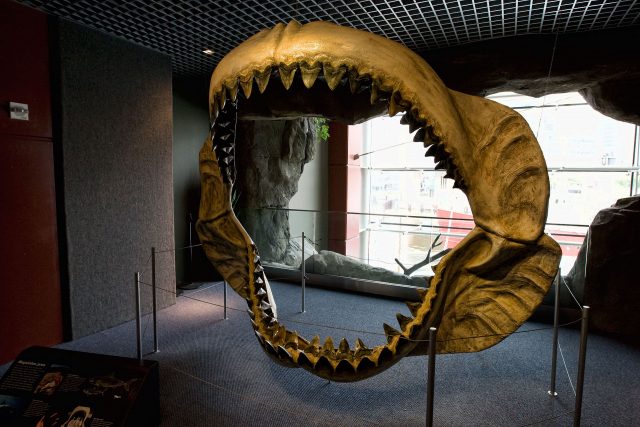
The 30 ft long specimen in question – found in Belgium during the late 19th century – possessed 46 rings. Each ring represents one year, making the creature middle aged. 3 vertebrae were looked at, part of a collection comprising 150.
A curve equation was then applied to establish growth patterns. As reported by Live Science, the equation is used on today’s predators. Lamniform sharks are descended from Megalodon – they too nurture cannibal babies in the womb.
Fossilized teeth can also reveal key information about growth, as outlined in a Smithsonian Magazine piece from October.
The grisly business of embryo cannibalism is known as “Oophagy”, or egg eating. Live Science says it is “a way for a mother to nourish its embryos for an extended period of time”.
As new life diminishes while young ones tuck into each other, the effect on Mom is dramatic. Smithsonian Magazine mentions “the appetites of baby sharks driving their mothers to eat more and get bigger”.
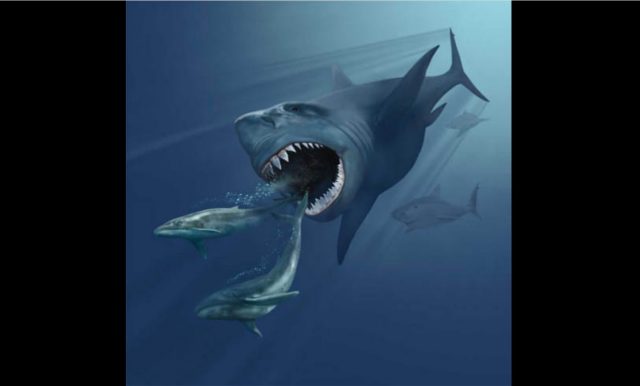
Another possible factor is mesothermy, or how the animal kept itself warm in freezing seas. By distributing body heat generated by its muscles, the Megalodon could swim fast and catch plenty of prey in cold environments out of bounds to other predators. Its colossal size is believed to be a result of this. The legendary Great White shark is also a mesotherm.
Megalodons – which became big screen villains care of 2018 blockbuster ‘The Meg’ – are thought to have roamed the deep between 15 million and 3 million years ago. It’s been established they were a good 23 ft larger than other big beasts.
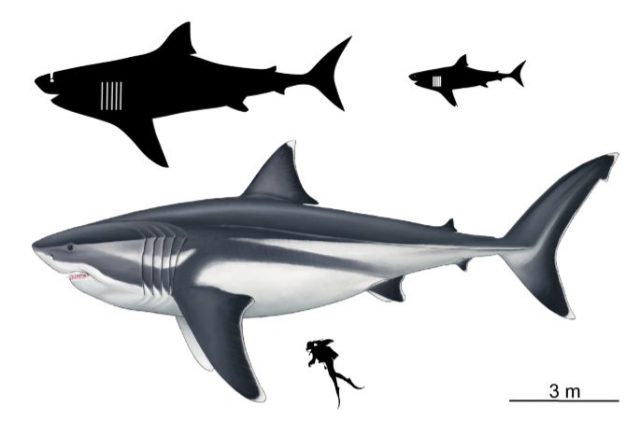
Prof Shimada and co were lucky to get hold of a Meg skeleton at all. The structure is made of mineralized cartilage, which unlike bone disappears over time. A fact that only adds to their mystery.
Without a time machine, the title of biggest prehistoric fish is up for grabs. Some point to the example of ‘Leedsichthys Problematicus’. Found in England 1899 by fossil hunter Alfred Leeds, it could have been even larger than Megalodon. The Meg itself was first identified as a shark in 1667 by naturalist Nicolas Steno. The name was supplied by Louis Agassiz in 1843.
CNN spoke to fossil researcher Jack Cooper from Swansea University for a further opinion. The site reported his view that Prof Shimada’s report is “fairly accurate and aligns with other findings at megalodon nurseries in Panama and Spain”.
Yes, nurseries. Aside from the bloodbath of a Meg’s formative years, the Jurassic shark was raised in a dedicated childcare area! Forbes wrote on the subject in an article from November.
Another Article From Us: Netflix movie The Dig the Remarkable Story of the Sutton Hoo discovery
In the Historical Biology study findings, Prof Shimada and his co-authors believe their work is “critical to understand the role large carnivores play in the context of the evolution of marine ecosystems.” The very definition of “something to sink your teeth into”…
